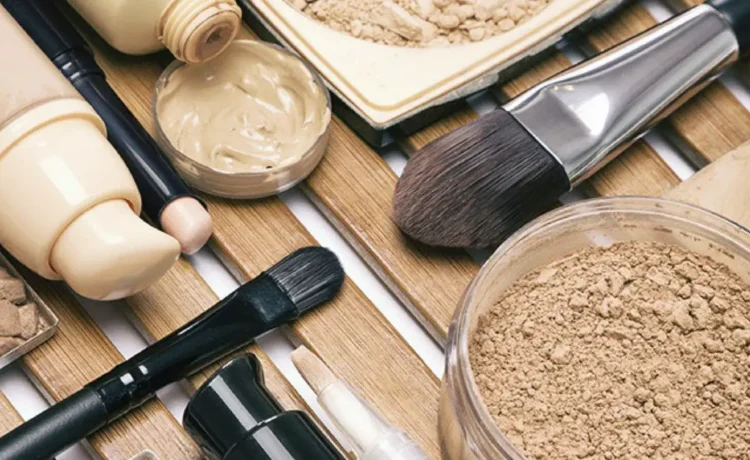The foundation is a makeup essential for a flawless finish to your look. Finding the right foundation can be a difficult task, as there are so many options available. It’s important to choose a foundation that best suits your skin type and provides you with the coverage you need. In this blog post, we’ll discuss how to pick the perfect foundation for your individual needs.
What is the foundation?
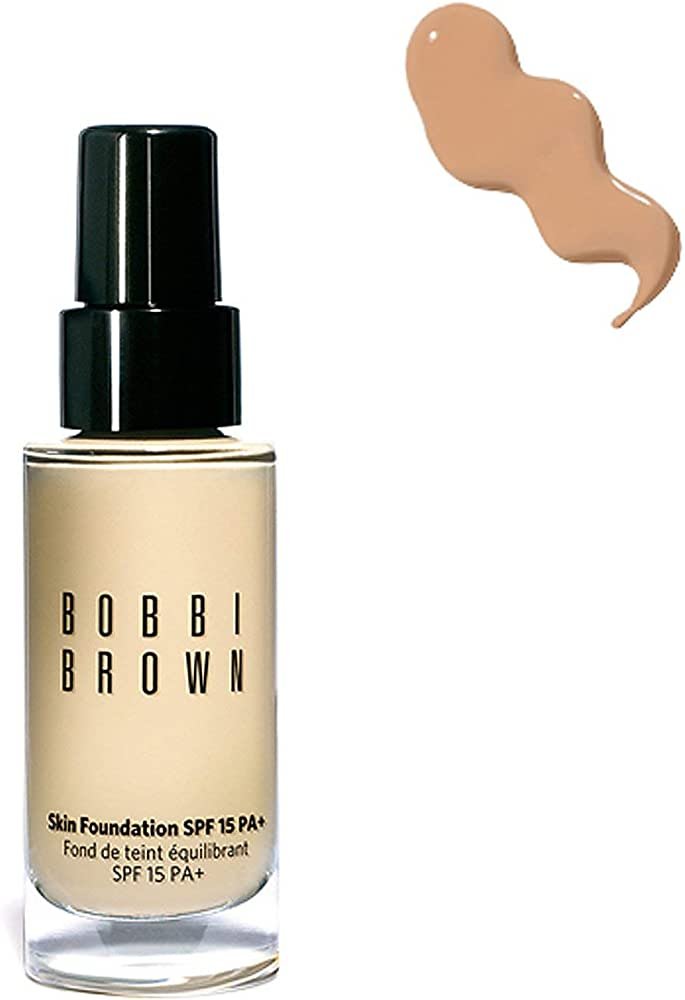
Foundation is a cosmetic product that creates a smooth and even base for your makeup. It is applied to the face to cover imperfections and even out the skin tone, giving you a natural look. There are different types of foundation available on the market today, such as liquid, powder, or cream foundation. Some foundations even offer additional benefits such as sunscreen protection and waterproof formulas that can last for hours. By choosing the right foundation for your skin type, you can enhance your natural beauty and achieve flawless, long-lasting coverage that lasts all day.
How to choose the best foundation for your skin type
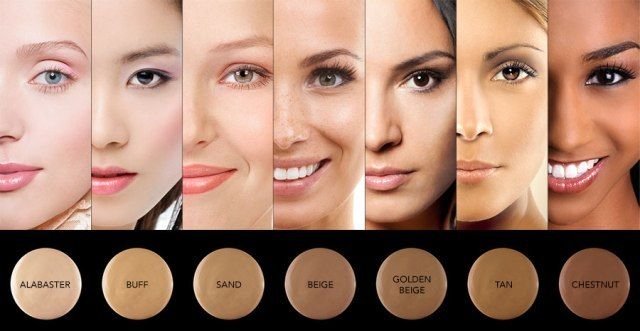
Choosing the right foundation is crucial if you want your makeup to look flawless. It is important to consider your skin type, texture, and color before buying any foundation. Here are a few tips that can help you choose the best foundation for your skin type.
First, determine your skin type. Is your skin oily, dry, or a combination? This will help you narrow down the type of foundation you need. For oily skin, a matte or oil-free foundation will work best. For dry skin, a hydrating or moisturizing foundation is a better option.
Next, consider the coverage you need. Do you want light, medium, or full coverage? A light coverage foundation will give you a more natural look, while a full coverage foundation will provide more coverage and hide imperfections.
Also, take into account the occasion. If you are going to a special event or wedding, you might want a waterproof foundation that will stay in place all day.
Finally, match the foundation to your skin tone. This is essential to achieving a natural look. Test the foundation on your jawline, not your wrist, to ensure the closest match to your face.
Applying foundation
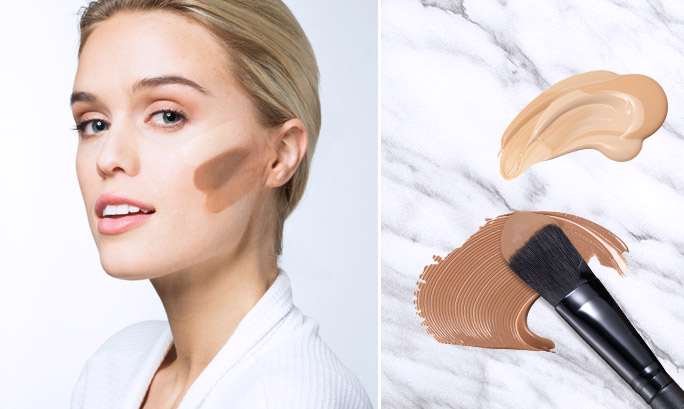
Once you have chosen the perfect foundation for your skin type, it’s time to apply it. Before you start, make sure your face is clean and moisturized. Here are some tips to help you apply your foundation like a pro:
1. Start with a small amount of foundation, you can always build up more if needed.
2. Use a beauty sponge or brush to apply the foundation evenly over your face. You can start in the center of your face and blend outward, or you can start at the outer edges and blend inward.
3. Pay extra attention to areas where you need more coverage, such as under the eyes or around the nose.
4. Don’t forget to blend the foundation into your hairline, jawline, and neck to avoid any visible lines.
5. If you prefer a more natural finish, try using a damp beauty sponge to blend the foundation into your skin for a seamless look.
Remember, less is more when it comes to foundation. You don’t want to look cakey or overdone. Once you have applied your foundation, it’s time to set it.
Setting your foundation

Once you’ve applied your foundation, it’s important to set it in place so that it stays on all day. Setting your foundation also helps to control shine and keeps your skin looking fresh. Here are some tips on how to set your foundation:
1. Powder: The most common way to set your foundation is with a powder. Choose a loose or pressed powder that matches your skin tone and use a fluffy brush to dust it over your face. Pay special attention to your T-zone (forehead, nose, and chin) where you tend to get the most oily.
2. Spray: Setting sprays have become increasingly popular in recent years. They work by creating a fine mist that locks your makeup in place. Simply spray the product evenly over your face and let it dry naturally.
3. Blotting Papers: Another way to set your foundation and reduce shine is with blotting papers. They absorb excess oil and help your foundation stay put. Press a sheet gently over your T-zone whenever you feel like you need a touch-up throughout the day.
Remember, the key to setting your foundation is to be gentle and not disturb the makeup underneath. Using a light touch will help prevent your foundation from becoming patchy or rubbing off. Setting your foundation is the final step in achieving a flawless, long-lasting base.
Decide which foundation you need liquid, powder, or cream foundation
Once you have determined your skin type and the coverage level you desire, it’s time to decide which type of foundation is best suited for you. There are three main types of foundation: liquid, powder, and cream. Each type of foundation has its unique properties, advantages, and disadvantages. Let’s take a closer look at each type:
Liquid Foundation: Liquid foundation is the most popular and versatile type of foundation. It provides buildable coverage and a natural finish. It works well for dry, normal, and combination skin types. Liquid foundation is easy to apply and blend. It also comes in different finishes, like matte, satin, and dewy.
Powder Foundation:
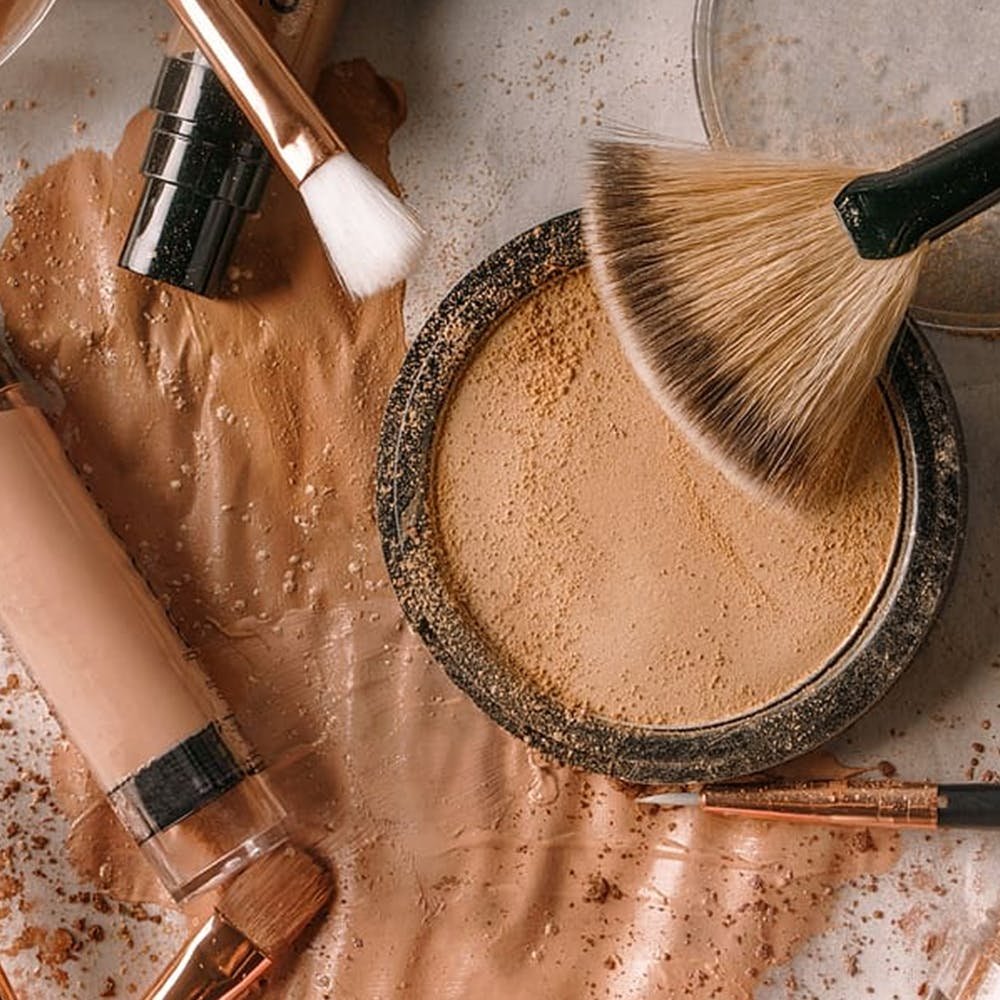
Powder foundation is ideal for those with oily skin, as it provides a matte finish and controls excess oil. It is also quick and easy to apply and works well for those with acne-prone skin as it won’t clog pores. However, it provides less coverage than liquid or cream foundation and can look cakey if applied incorrectly.
Cream Foundation: The cream foundation is thicker than liquid foundation and provides full coverage. It works best for those with dry or mature skin types, as it hydrates the skin and reduces the appearance of fine lines and wrinkles. However, the cream foundation can feel heavy on the skin and is not ideal for those with oily or acne-prone skin.

